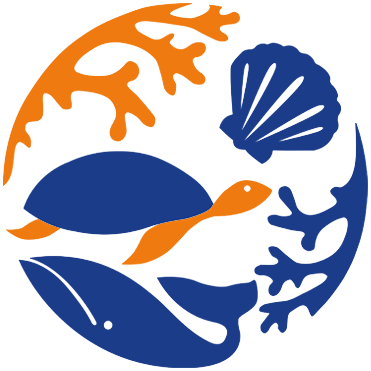Glycera gigantea Quatrefages, 1866
Google image |
No photo available for this species.
Classification / Names Common names | Synonyms | CoL | ITIS | WoRMS
Polychaeta | Phyllodocida | Glyceridae
Environment: milieu / climate zone / depth range / distribution range Ecology
Benthic; brackish. Tropical
Distribution Countries | FAO areas | Ecosystems | Occurrences | Introductions
Pacific Ocean, Northeast Atlantic and the Mediterranean. Tropical and subtropical.
Length at first maturity / Size / Weight / Age
Maturity: Lm ? range ? - ? cm
Life cycle and mating behavior Maturity | Reproduction | Spawning | Eggs | Fecundity | Larvae
Main reference
References | Coordinator | Collaborators
Gibbs, P.E. 1978 Macrofauna of the intertidal sand flats on low wooded islands, Northern Great Barrier Reef. Philosophical Transactions of the Royal Society of London, Series B 284(999):81-97. (Ref. 3197)
IUCN Red List Status
(Ref. 130435: Version 2025-1)
CITES status (Ref. 108899)
CMS (Ref. 116361)
Threat to humans
Human uses
| FishSource |
Tools
More information
Diet composition
Food consumption
Predators
Max. ages / sizes
Length-weight rel.
Length-length rel.
Length-frequencies
Mass conversion
Abundance
Internet sources
BHL | BOLD Systems | CISTI | DiscoverLife | FAO(Publication : search) | Fishipedia | GenBank (genome, nucleotide) | GloBI | Gomexsi | Google Books | Google Scholar | Google | PubMed | Tree of Life | Wikipedia (Go, Search) | Zoological Record


